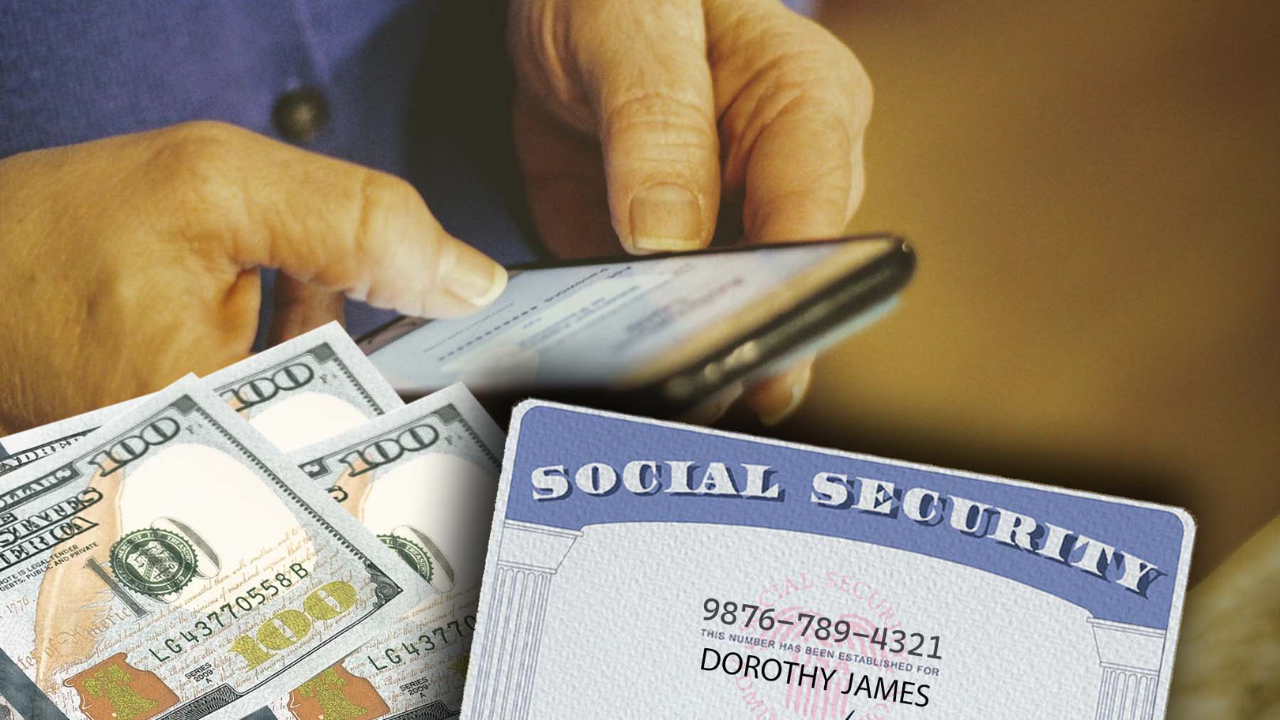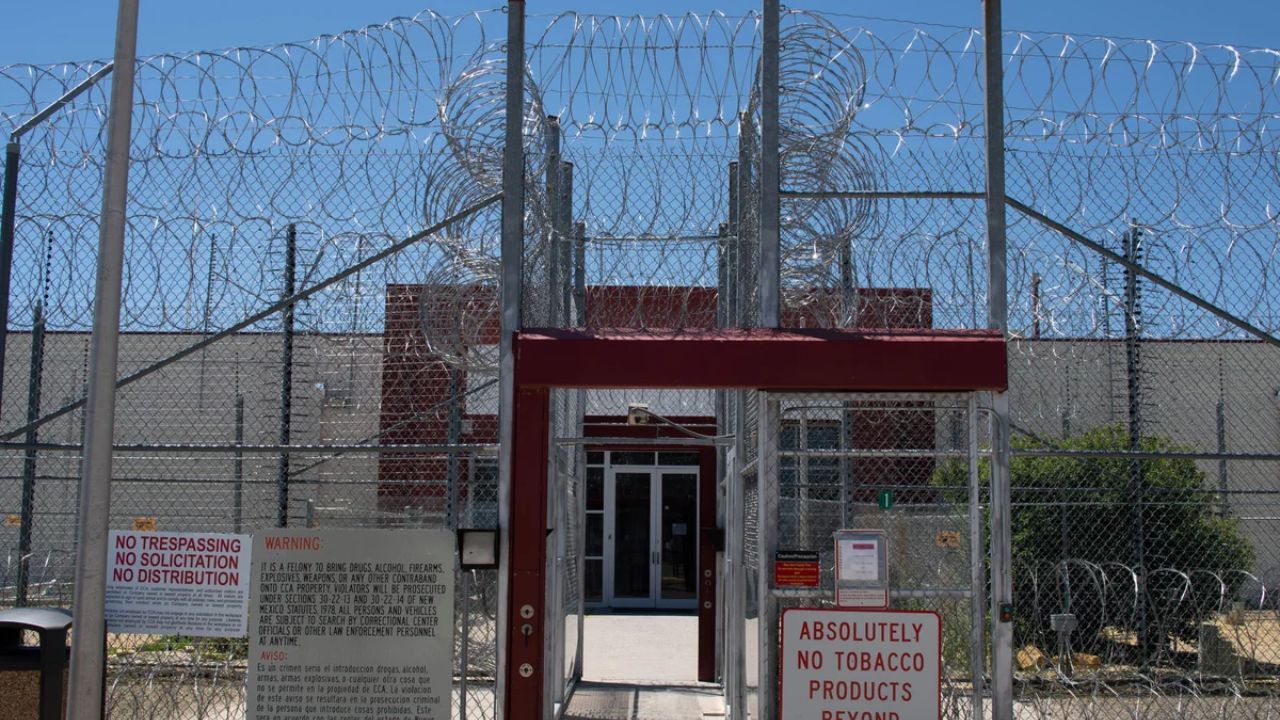On April 23, many Social Security recipients in the United States will receive their latest round of payments, with some retirees getting as much as $3,500.
These direct deposits are a crucial part of financial support for millions of Americans, especially senior citizens who rely heavily on their monthly benefits to manage everyday expenses.
The Social Security Administration (SSA) follows a set schedule for sending out payments. This schedule is based on when a person was born and when their benefits were first approved.
The group receiving the payment on April 23 is the third group of the month. People in this group are those whose benefits were approved after May 1997 and who were born between the 21st and 31st of any month.
If you fall into this category, your payment will be deposited directly into your bank account on Tuesday. The system is automatic, and the SSA has built-in security measures to ensure that beneficiaries receive their money without any issues.
However, your bank details with the SSA must be accurate. If the details are outdated or incorrect, you might face delays or complications in receiving your benefits.
Not everyone qualifies for the April 23 payment. Some may have already received their money earlier this month, while others may have their payment dates scheduled later. Everything depends on individual eligibility and timing.
The $3,500 figure is not standard for every recipient. This amount is close to the maximum monthly payment a retiree can receive in 2025 under certain conditions.

To receive this maximum check, one needs to have worked for at least 35 years, consistently earned a high income, and delayed claiming benefits until the age of 70.
Working for 35 years is important because the SSA calculates benefits based on your 35 highest-earning years. If you worked fewer than 35 years, those missing years are filled in with zero income, which reduces your average and therefore your benefit amount.
On the other hand, a high income across those years increases the average, pushing the monthly payment higher.
Delaying retirement also helps. Instead of claiming benefits at the full retirement age of 66 or 67 (depending on birth year), if a person waits until age 70, they can receive more each month. This delay adds a bonus to the monthly amount, which can significantly raise the total payment received over time.
The absolute highest monthly Social Security payment for 2025 is projected to be $5,108. But very few people qualify for this maximum because it requires meeting all the ideal conditions.
Still, even those who don’t qualify for the full amount can improve their future payments by working longer, earning more, or checking their records for errors that can be corrected.
Social Security is a system designed to reward long-term work and smart planning. While many may not hit the maximum benefit, understanding how the system works can help people make better choices and plan for a financially secure retirement.
For now, the April 23 payment offers much-needed relief for those who qualify, giving them a timely boost to cover their monthly needs.
Disclaimer- Our team has thoroughly fact-checked this article to ensure its accuracy and maintain its credibility. We are committed to providing honest and reliable content for our readers.






